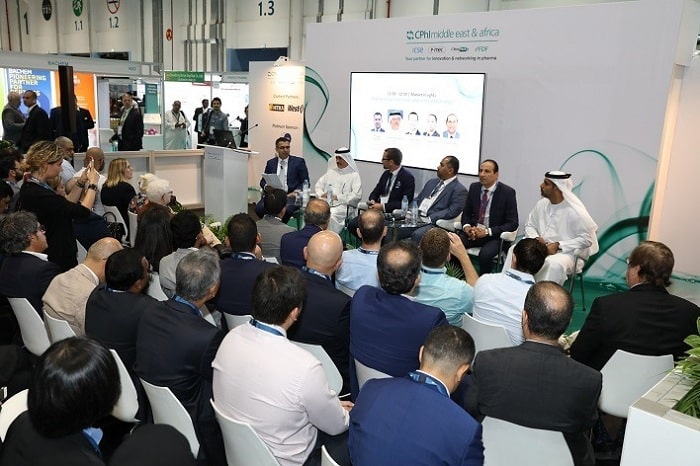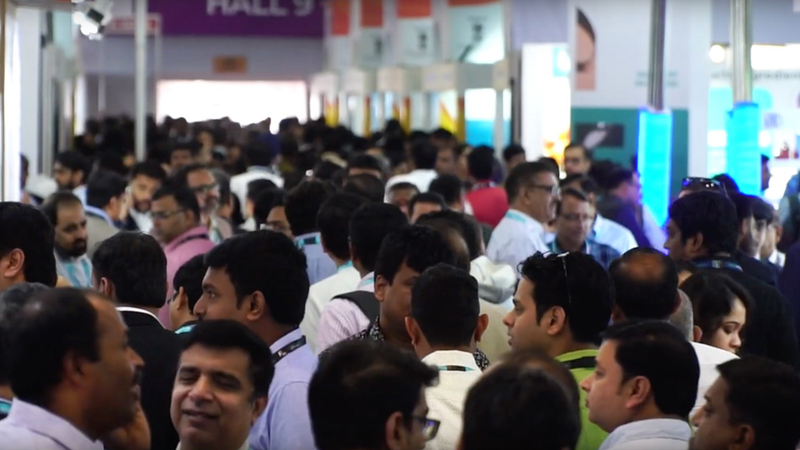If you want to survive,you must conduct evidence-based medical research within the prescribed time to prove that the product is it
Views : 1629
Author : James
Update time : 2014-03-13 23:48:00
Single cell analysis showed that under environmental stimuli, changes in the intracellular distribution of transcription factors can regulate the expression of target genes.
Most transcription factors work continuously, but some transcription factors achieve pulse regulation by rapidly moving from inside and outside the nucleus. Pulsed regulation has several advantages over continuous mode of action. For example, information can be encoded based on the frequency or amplitude of the pulse, increasing the amount of information transmitted. However, the study of this phenomenon is very difficult because the patterns of transcription factors regulating the transcription of different cells are different. Lin et al. overcome this obstacle and demonstrate that multiple transcription factor pulses can regulate gene expression in environmental stimuli responses.
The Msn2 protein expressed in budding yeast is the first transcription factor identified as a pulse-regulating gene. When cells are exposed to light, Msn2 will enter the nucleus, thereby activating the transcription of the target gene. Such a pulsed signal may be beneficial to the cell and may also cause damage to the cell as the transmitted information changes over time. In electronic devices, this problem is generally solved by ensuring that multiple components can perform the same task. In theory, this principle also applies to the cellular signaling pathway, which transmits signal pulses through multiple integrated pathways, thereby improving the reliability of signal transmission. In fact, the cell signaling pathway does adopt this strategy. For example, Msn2 and the transcriptional repressor protein Mig1 antagonize each other to finely control gene expression under various conditions.
Lin et al. used different fluorescent proteins to label Msn2 and Mig1 to study the dynamic processes of the pulse signals of these two transcription factors. They connect these cells to a microfluidic device through which the cell culture fluid flows, which monitors the movement of the transcriptional molecule and the expression of subsequent genes under the control of two transcription factors.
Depletion of glucose in the cell culture medium triggers Mig1 nucleation and Msn2 entry into the nucleus, thereby increasing the expression of the target gene. If Msn2 and Mig1 regulate gene expression in a simple continuous mode, or if they are modulated by a random-length pulse pattern, then glucose consumption will gradually change the average level of nuclear transcription factors throughout the cell population, and the expression of the target gene will gradually increase to one. New steady state. In contrast, Lin et al. observed a “transient phase” after glucose depletion, during which the intranuclear mean levels of Msn2 and Mig1 increased and decreased, respectively, compared to the level at which steady state was reached later (Fig. 1A). ). This overshoot occurs when the system changes - it can shorten the time when the expression level of the target gene reaches a new steady state. In fact, when the glucose concentration is increased, a similar phenomenon occurs: the level of Mig1 nuclear in the target gene expression is increased, and the transcription level of the corresponding RNA of the target gene is lowered, thereby rapidly lowering the level of the corresponding protein.
Pulsed gene regulation (Figure 1)
Figure 1 illustrates the transcription factor pulse. The transcription factors Msn2 and Mig1 are pulsed into the nucleus to activate and inhibit transcription of the same target gene, respectively. a, Lin et al. found a change in the level of transcription factor levels under environmental stimuli. A decrease in the concentration of glucose in the cell culture medium results in a significant decrease in the Mig1 level in the nucleus in a short period of time, while Msn2 increases rapidly. This "overshoot" allows cells to rapidly increase gene expression and adapt to changes. After this transient phase, the nuclear levels and gene expression of the two remained stable from the perspective of the cell population. b, Lin et al. also found that only in the transient phase, the pulse signals of all cells are synchronized. After this stage, the levels of these two transcription factors in a single cell vary randomly. When the pulses of Msn2 and Mig1 overlap, gene expression decreases. When the pulse of Msn2 does not overlap with Mig1, the expression of the target gene is increased.
Lin et al. speculated that the overshoot observed in the experiment may not be a transient event, and may still exist under steady-state conditions, but not at the cell population level, because the effects at the group level cancel each other out. However, when analyzing single cells, Lin et al. found that under steady-state environmental conditions, the pulse of each transcription factor was scattered and irregular, so that a single pulse could not be defined. In principle, many standards can be used to define such pulses, but most are not practical. Lin et al. developed an interesting and practical method to detect a single pulse based on a neuroscience technique called spike-triggered averaging. Lin et al. measured the pulse by measuring the average level of Mig1 and Msn2 near the peak in the set time.
To confirm the validity of the method, Lin et al. studied the expression of target genes under pulsed changes of Msn2 and Mig1. For example, if the Msn2 pulse does not overlap with the Mig1 pulse (i.e., there is no increase in the intranuclear level of Mig1), the expression of the target gene is increased. Conversely, if the Msn2 pulse overlaps with the Mig1 pulse, the effect of Msn2 is offset and the target gene expression is reduced. These observations indicate that transcription factor pulses are also present under steady state conditions.
In the steady state after the increase in glucose concentration, the proportion of overlapping pulses increases, thereby enhancing the inhibition efficiency of target gene expression. Conversely, in the transient phase, Lin et al. can only detect non-overlapping pulses, which indicates that the duration of the pulse during the transient period is regulated. In this case, the pulses of individual cells are synchronized, resulting in population level overshoot.
The spike trigger averaging technique is very powerful in analyzing the oscillating signals of cell regularity. To date, most studies have focused on average cell behavior, but cellular responses such as cell cycle checkpoints have very large intercellular differences. The spike trigger average may help to unravel the adjustment mechanism of this type of response.
In addition, the method used by Lin et al. can be used to analyze gene regulation without knowing all system parameters. For example, current research has shown that a fully overlapping suppression pulse can neutralize the activation pulse, and even if the suppression pulse differs from the activation pulse by a few minutes, this cancellation still exists. It should be noted that even in the case of low Mig1 activity, not all Msn2 pulses promote target gene expression. This suggests that in the future study of the complete model of gene regulation, it must include the identification of large-scale action dynamics, stochastic modeling and reaction mechanisms. Research in these areas has grown tremendously in recent years and may be integrated to pave the way for a detailed understanding of the dynamics of signaling pathways.
 CPhI Middle East & Africa
CPhI Middle East & Africa
 CPhI India 2019
CPhI India 2019
 CPhI Worldwide 2019 Frankfurt Booth 10D09
CPhI Worldwide 2019 Frankfurt Booth 10D09